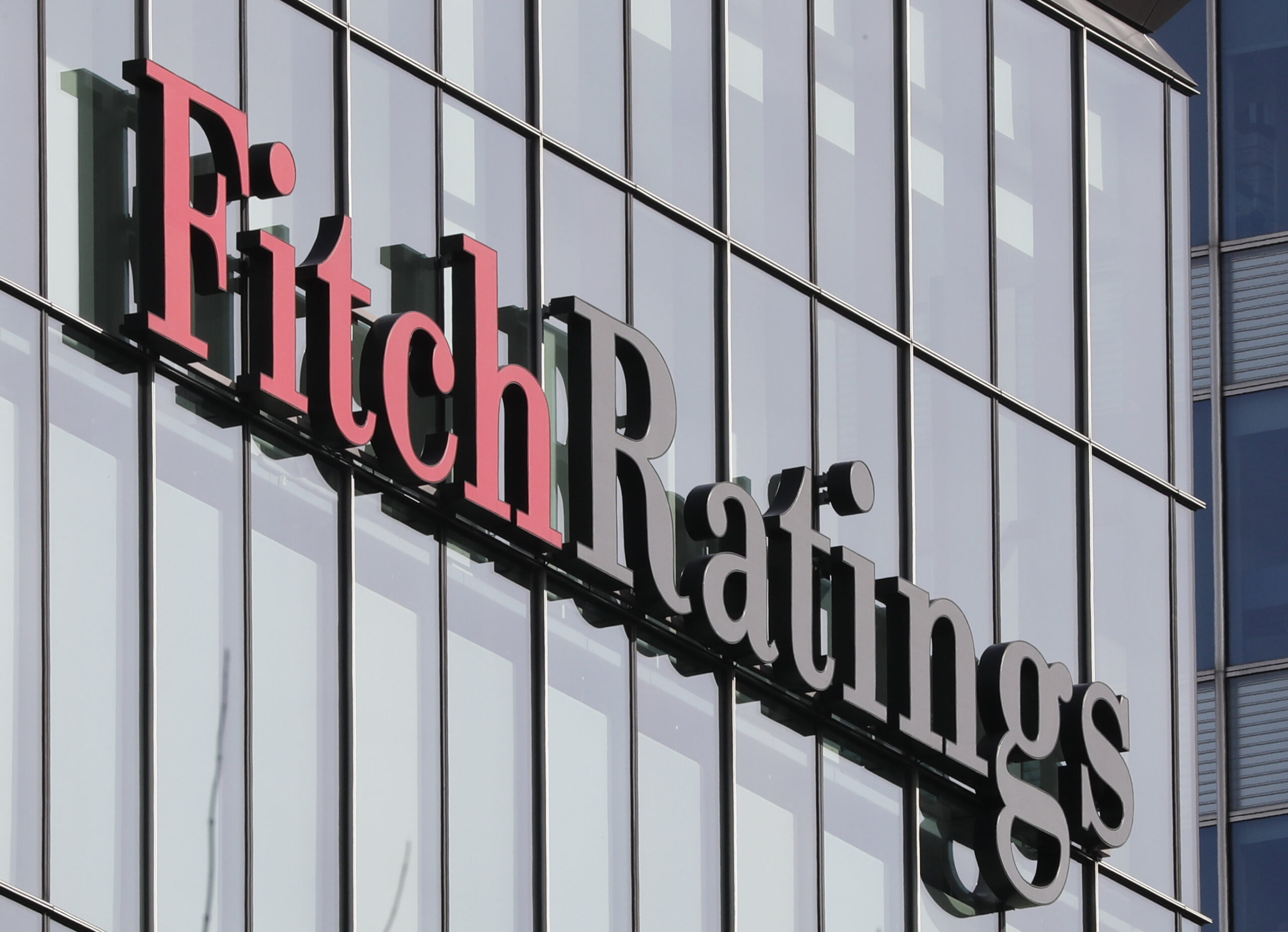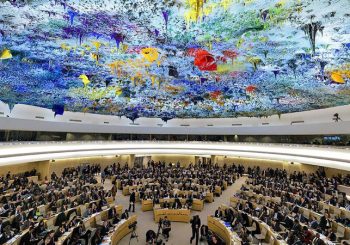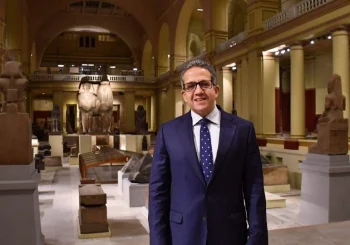Fitch Ratings upgraded Egypt’s long-term foreign-currency Issuer Default Rating (IDR) from B- to B with a stable outlook on Friday, 1 November.
The agency cited the recovery in Egypt’s net foreign asset position, supported by a rise in international reserves from USD 11.4 billion (EGP 555.42 billion) in March to USD 44.5 billion (EGP 2.17 trillion) by the end of the third quarter of 2024.
This improvement reflects growing investor confidence, driven by substantial foreign investments, including the USD 24 billion (EGP 1.17 trillion) Ras El-Hekma project and backing from Gulf Cooperation Council (GCC) nations.
The rating upgrade aligns with recent positive evaluations from other agencies, including Standard & Poor’s, which affirmed Egypt’s ‘B-/B’ rating with a positive outlook over the past two weeks.
Fitch expects foreign direct investment (FDI) inflows to average USD 16.5 billion (EGP 803.90 billion) annually over the next two fiscal years, supported by strategic projects and investment from Saudi Arabia and the UAE.
Despite projections that the current account deficit will widen to 5.4 percent of GDP in FY2024, it is expected to narrow to 4 percent by FY2026, supported by a gradual recovery in sectors like gas production and a partial rebound in Suez Canal revenues
Fitch also notes Egypt’s enhanced exchange rate flexibility under IMF monitoring in its outlook, with no recent foreign exchange interventions by the Central Bank of Egypt.
Government debt is expected to decrease to 78.9 percent of GDP by FY2026, alongside a projected fall in inflation rates to 12.5 percent by the end of FY2025.
Economic growth is expected to accelerate from 2.4 percent in FY2024 to 4 percent in FY2025 and 5.3 percent in FY2026.
An IDR is a financial report card showing how well a country can repay loans from other nations or institutions. It reflects the country’s ability to handle its finances responsibly and meet its debt obligations.
Egypt has implemented an ambitious economic reform agenda over the past decade, aiming to stabilize its economy, attract foreign direct investment, and improve fiscal health.
Major milestones include floating the Egyptian pound in 2016, introducing a VAT, and cutting subsidies, which allowed Egypt to secure a USD 12 billion (EGP 584.7 billion) IMF loan.
The government has since launched the National Structural Reform Program (NSRP) in 2021, targeting sectoral diversification by boosting industrial, agricultural, and IT sectors. These reforms, alongside projects like the Ras El-Hekma development, aim to attract further investments and reduce reliance on imports
This upgrade marks a shift from a prior downgrade by Fitch in November of last year when Egypt’s IDR was lowered from ‘B’ to ‘B-’. At the time, Fitch cited rising financial pressures and elevated government debt as reasons, alongside reliance on imports and delays in the IMF program review.







Comments (0)